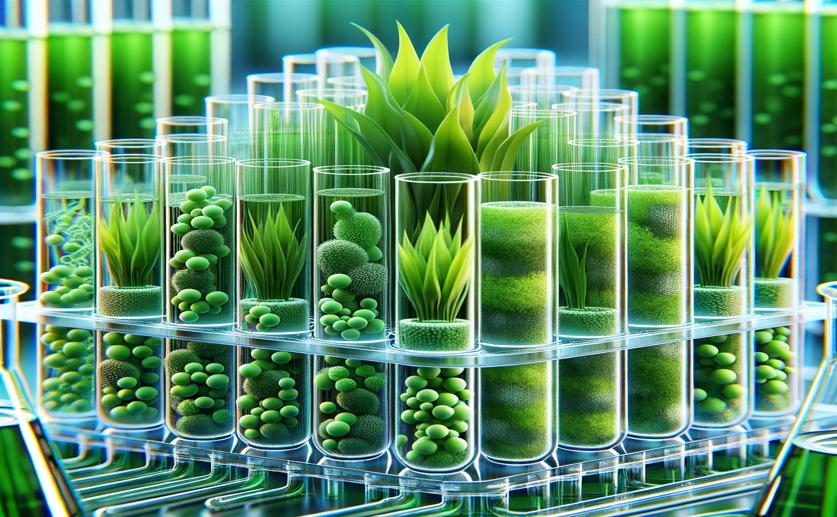
Growing Microalgae in Acidic Conditions to Produce Valuable Fatty Acids
Greg Howard
22nd May, 2024

Image Source: Natural Science News, 2024
Key Findings
- Researchers at the University of Huelva studied the mixotrophic growth of the acid-tolerant microalga Elliptochloris sp. using CO2-enriched air
- CO2 enrichment significantly boosted the growth and biomass productivity of Elliptochloris sp. in mixotrophic conditions
- Mixotrophic cultures with CO2-enriched air increased the relative abundance of saturated fatty acids, crucial for biodiesel production
References
Main Study
1) Mixotrophic growth of a highly acidic habitat microalga for production of valuable fatty acids
Published 21st May, 2024
https://doi.org/10.1007/s10811-024-03255-5
Related Studies
2) The Influence of Elevated CO2 Concentrations on the Growth of Various Microalgae Strains.
3) Acid Tolerant and Acidophilic Microalgae: An Underexplored World of Biotechnological Opportunities.
4) Enhanced growth and lipid production of microalgae under mixotrophic culture condition: effect of light intensity, glucose concentration and fed-batch cultivation.



 28th April, 2024 | Jim Crocker
28th April, 2024 | Jim Crocker